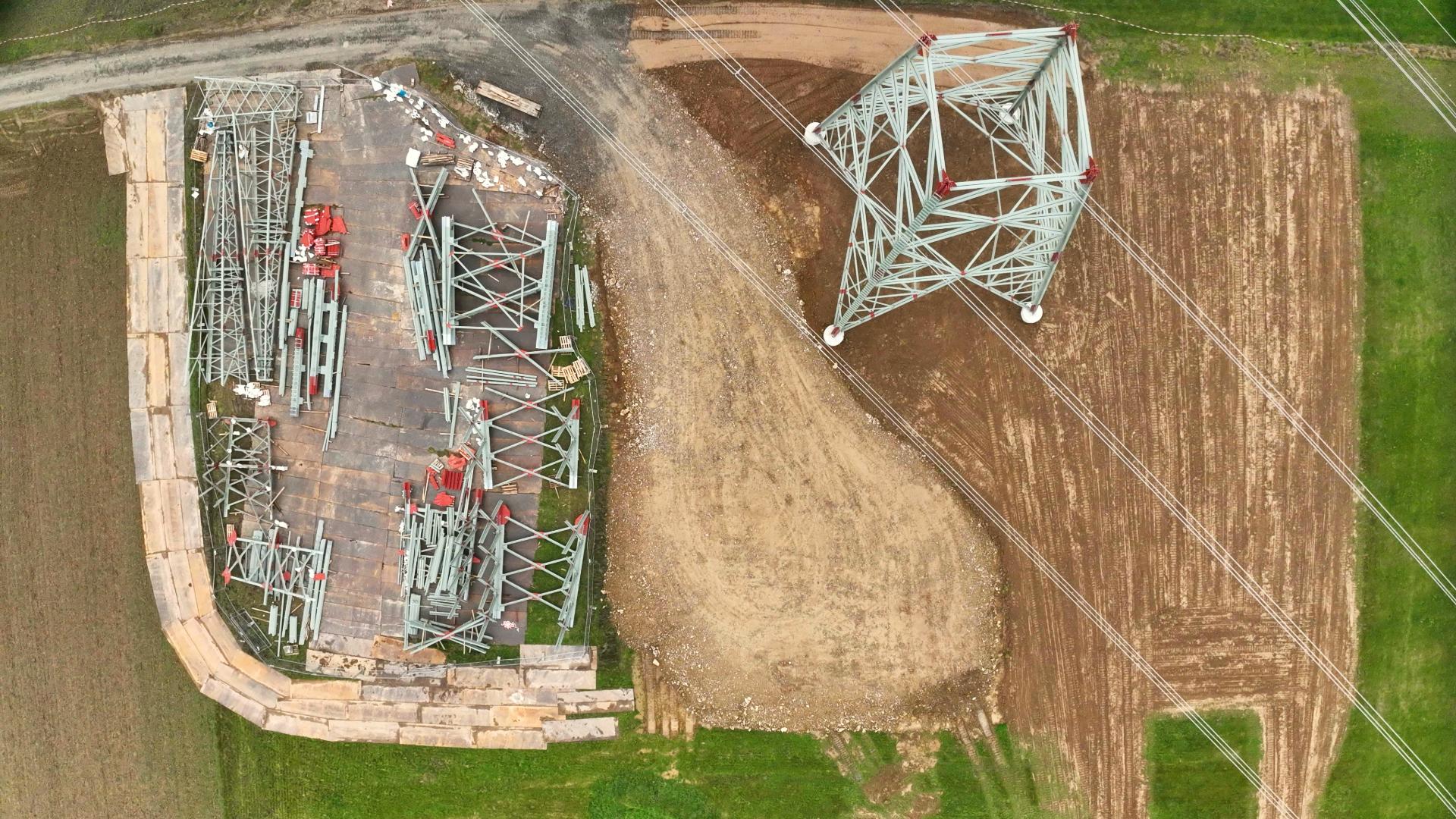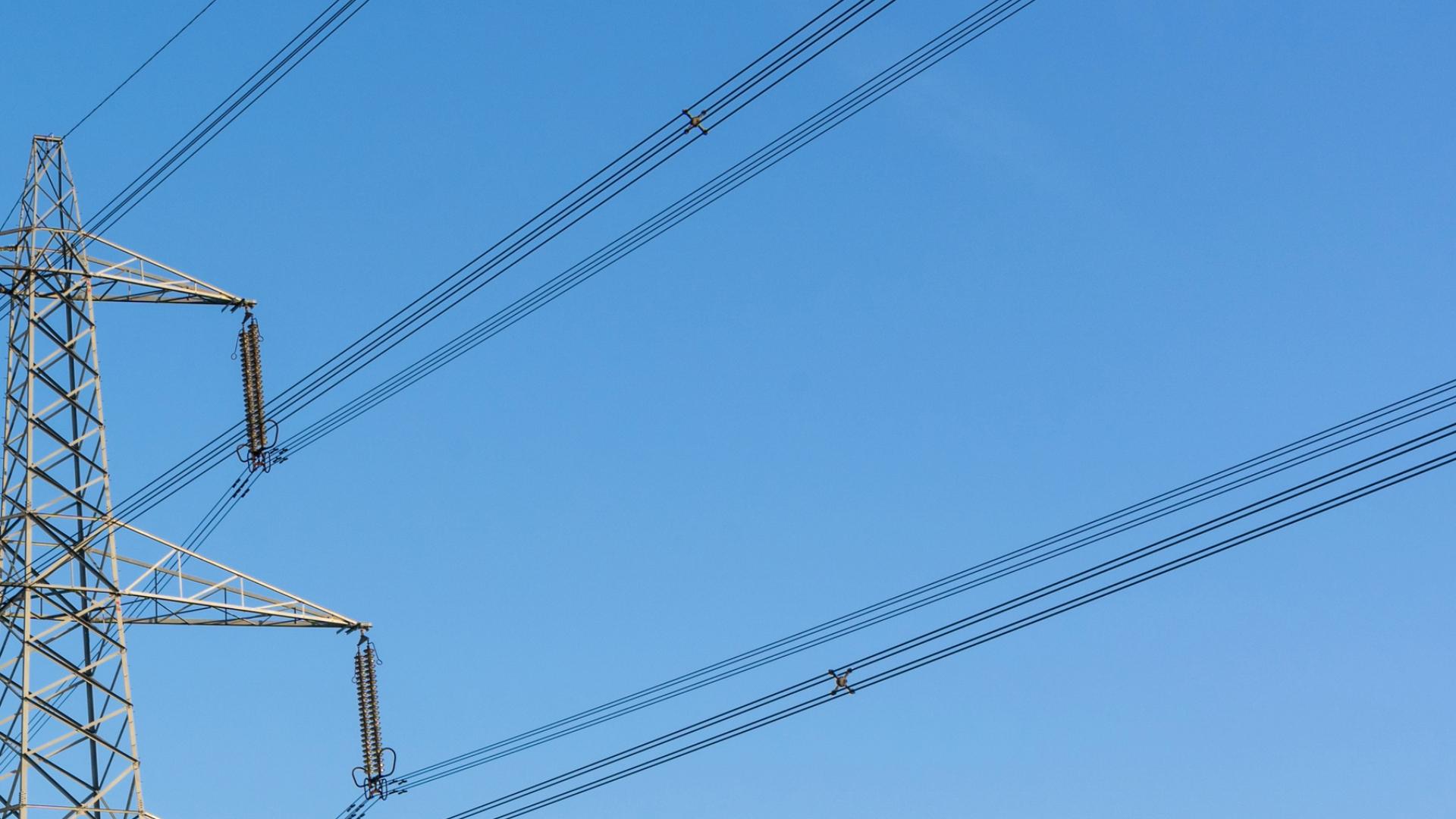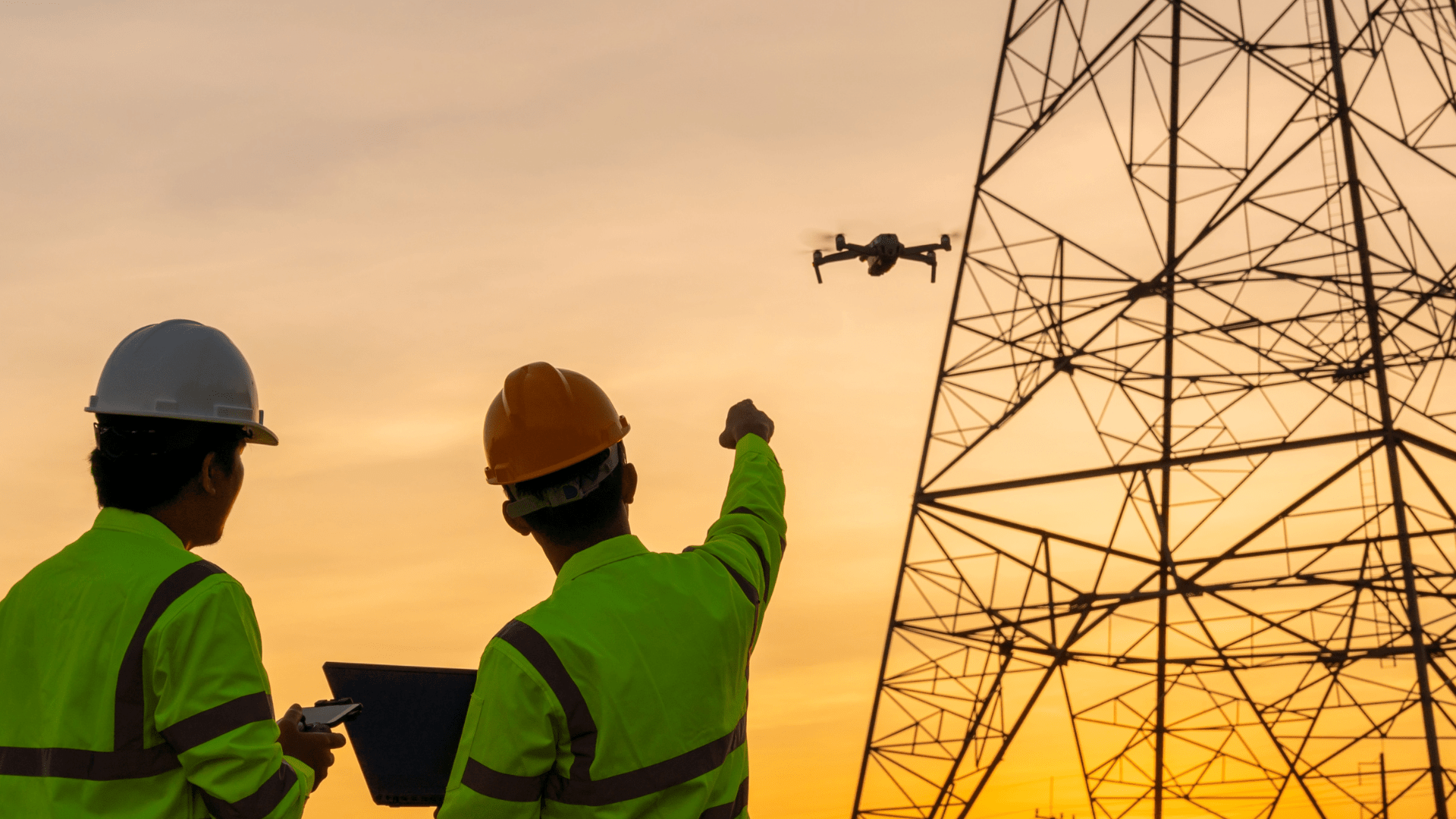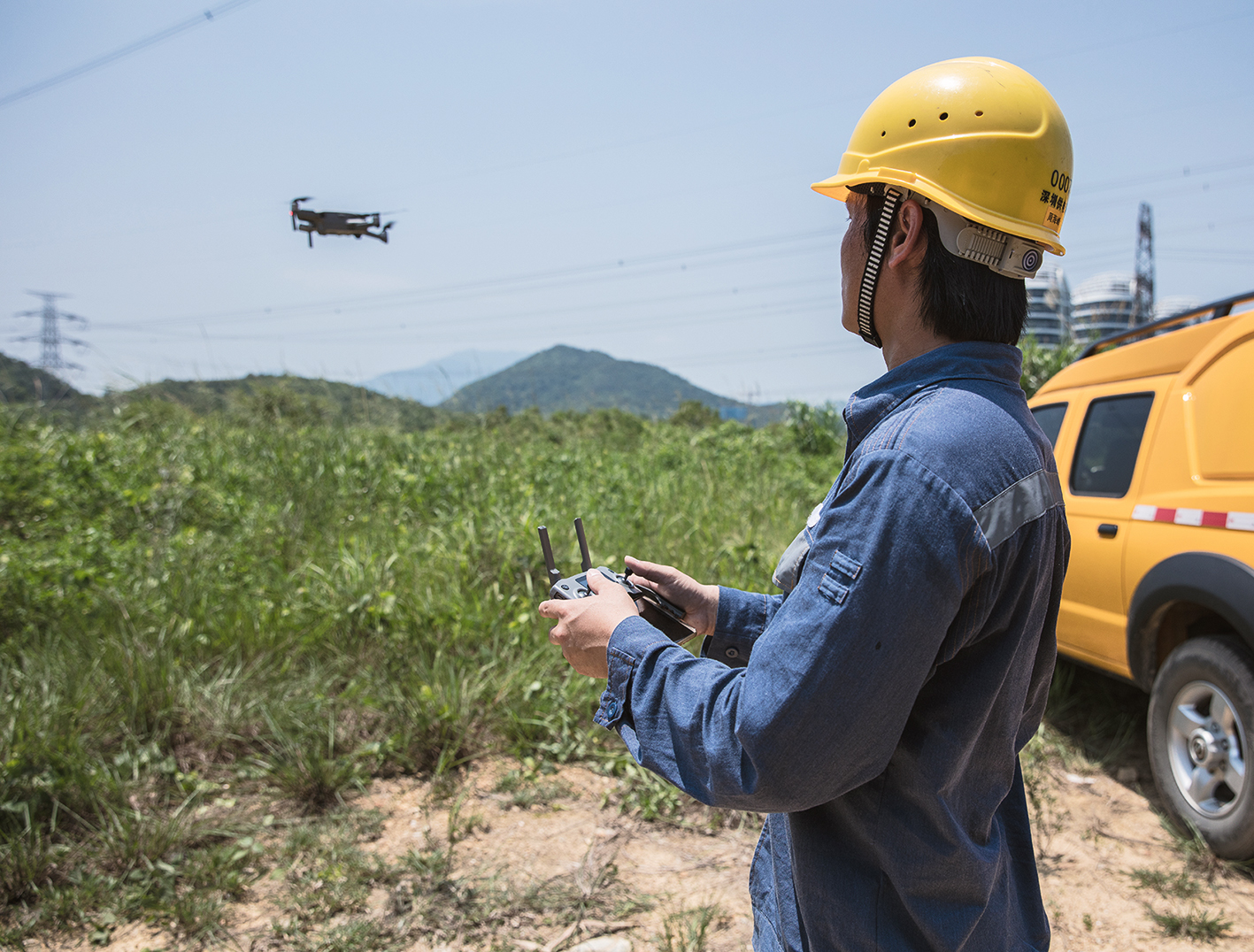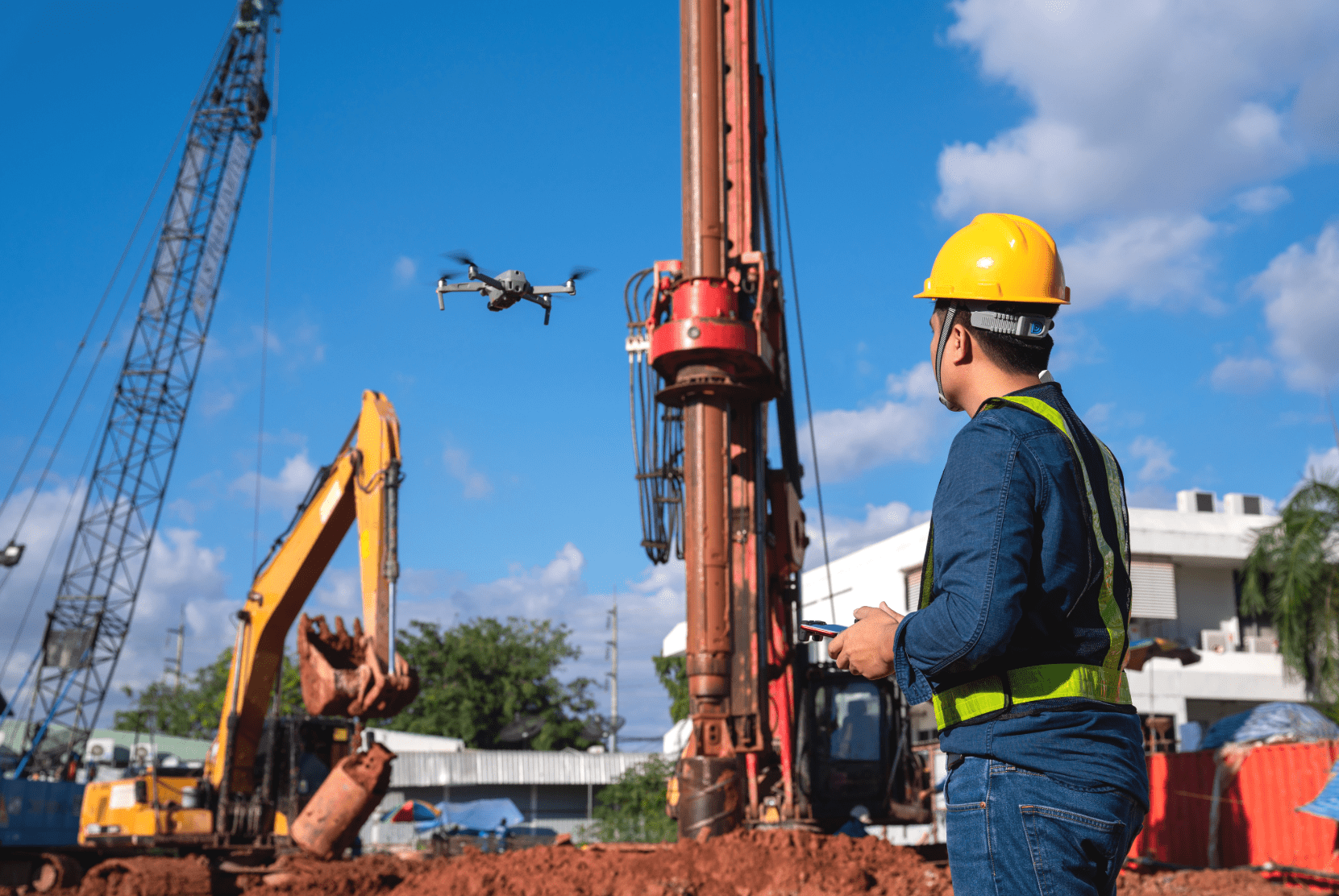Die Anzahl der fliegenden Drohnen im unteren Luftraum wird immer weiter ansteigen. Schon jetzt in 2021 liegt die Zahl der kommerziellen Drohnen in Deutschland bei über 45.000 Geräten. Zusammen mit Hobby-Drohnen werden in 2025 knapp eine halbe Millionen UAVs in der Luft sein. Zumal werden zukünftig nicht nur kleine (Spielzeug-)Drohnen am Himmel zu finden sein, sondern irgendwann auch große Passagierdrohnen. Doch wie regelt man dann den Flugverkehr und verhindert Kollisionen oder eine Überladung des Luftraums?
Der U-Space – Mehr als nur ein Luftraum
Um den unbemannten Flugverkehr in Zukunft zu organisieren, wird seit vielen Jahren auf technischer, organisatorischer und politischer Ebene an einer übergreifenden Lösung entwickelt. Somit werden wichtige Voraussetzungen für den zukünftigen Betrieb von bemannten und unbemannten Luftfahrzeugen im unteren Luftraum, dem sogenannten U-Space, und für den Bereich Urban Air Mobility geschaffen.
DAS KONZEPT U-SPACE
Das von der Europäischen Kommission entwickelte Rahmenwerk „U-Space“ soll der Integration von Drohnen in den europäischen Luftraum dienen. Denn bisher gibt es noch kein auf UAVs angepasstes Management des unteren Luftraums. Der Fokus liegt dabei auf der Automatisierung von Prozessen und der Konnektivität zwischen Drohne und Umwelt. Als Basis für eine erfolgreiche Umsetzung von Urban Air Mobility, soll der U-Space letztendlich die Einbindung einer Vielzahl von Drohnen in dem begrenzten Luftraum ermöglichen.
In unserem White Paper zum „U-Space“ finden Sie weitere Details zur geplanten Implementation und wie die Regulierung des europäischen Luftraums in Zukunft aussehen könnte.
DIE NEUEN EU-VERORDNUNGEN
Am 22. April 2021 hat die Europäische Kommission drei neue Verordnungen zum U-Space veröffentlicht:
- Regelwerk für den U-Space (zur Verordnung)
- Vorgaben für Anbieter von ATM (Air Traffic Management) Services (zur Verordnung)
- Auflagen für bemannte Flüge im unteren Luftraum (zur Verordnung)
Zusammengefasst ermöglichen diese komplexere Drohnen-Projekte, die auch BVLOS (Beyond Visual Line of Sight) stattfinden können. Außerdem wurden Anforderungen an den U-Space formuliert, die einen sicheren Betrieb für bemannte und unbemannte Flugfahrzeuge im unteren Luftraum ermöglichen, sodass Risiken gering gehalten werden können. Das Regulierungspaket soll ab dem 26. Januar 2023 umgesetzt werden.
Die Verordnungen sind Teil der „Sustainable and Smart Mobility Strategy“. Dabei geht es um das Entwickeln eines EU-weiten Transportsystems, welches umweltfreundlich und zukunftsweisend sein soll. So sollen Drohnen dabei eine wichtige Rolle spielen.
„Drohnen sind ein klarer Bestandteil der zukünftigen Transport- und Logistiklandschaft. […] Das U-Space-Paket ist ein wichtiger Schritt zur Schaffung eines gut funktionierenden, vertrauenswürdigen und sicheren Umfelds, das wir brauchen, um einen wettbewerbsfähigen EU-Markt für Drohnendienste zu entwickeln.“
Wir freuen uns über das Voranschreiten von Regularien für einen sicheren Betrieb von Drohnen im unteren Luftraum und halten Sie auf unserem Blog zu allen Neuigkeiten auf dem Laufenden.
Ihr FlyNex Team
